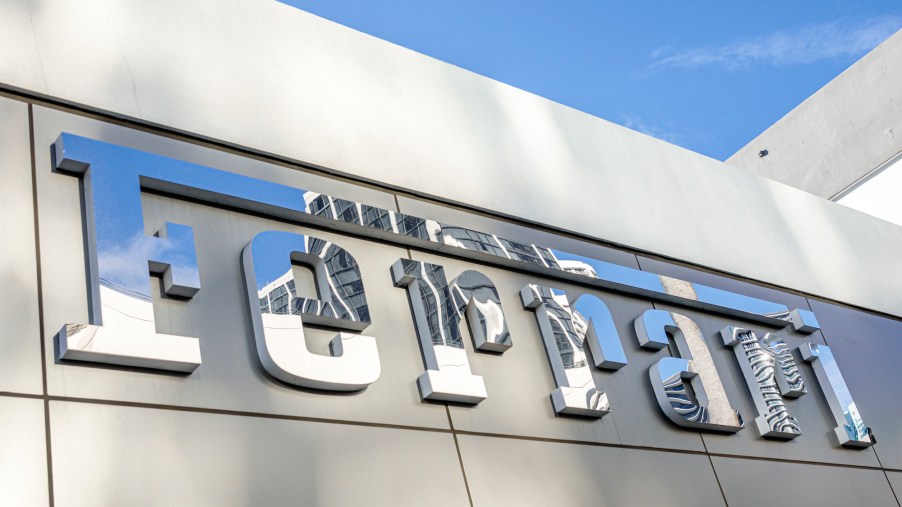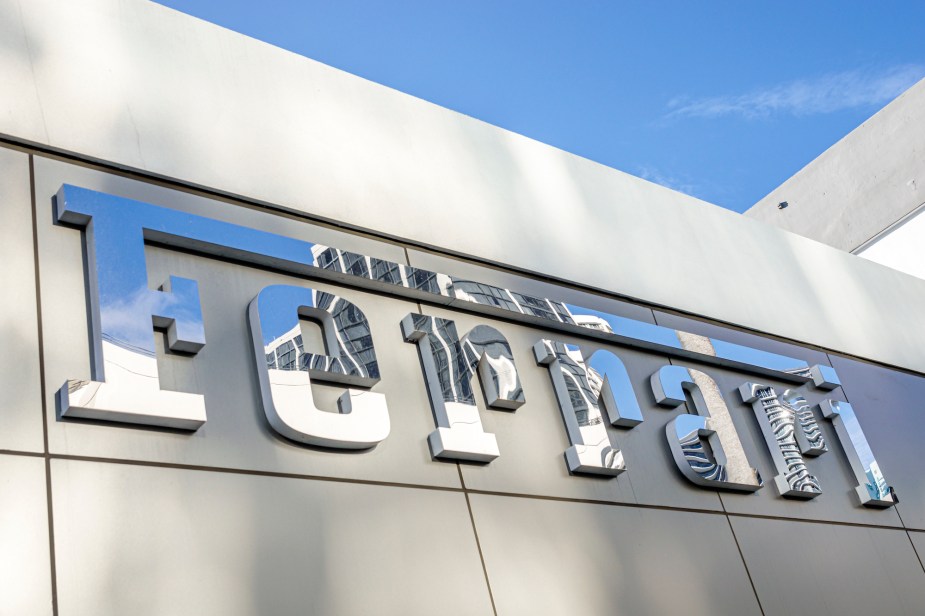
Ferrari Claims to Limit Autonomy to Preserve the ‘Emotion’ of the Car
While more and more vehicles are released with higher levels of automation, Ferrari is choosing to limit autonomy in favor of the driving experience. It’s difficult to argue that automation does not change this experience when it removes crucial aspects of driving, such as the steering wheel and brake pedals.
But there is a big difference between no automation to full automation—several differences. In the past, we have written about the five levels of automation for vehicles in-depth, but here is a quick refresher.
What are the different levels of autonomy for a car?

The Society of Automotive Engineers (SAE) developed and continues to refine the industry standard for the six levels of driving automation. Starting with Level 0, where features are limited to warnings and brief assistance, such as blind spot warning and automatic emergency braking, the six levels are broken into two basic categories: driver support features and automated driving features. In other words, in levels 0-2, you are driving and supervising the various features, and in levels 3-6, you are generally not driving.
Both Level 1 and Level 2 vehicles involve features such as lane centering and adaptive cruise control. The difference between the two is that at Level 1, these features can’t be used simultaneously, but can be in a Level 2 vehicle. While not an officially recognized level by SAE, Level 2+ vehicles have more automation, such as traffic jam assist. However, you still have to monitor and take the wheel as needed.
Levels 3 and 4 will drive the vehicle under limited conditions and only if the required conditions are met. A Level 3 feature such as traffic jam pilot will do all the stop and go for you while you read a book. However, once you are through the traffic jam, you are required to take back control of the vehicle. A vehicle with Level 4 automation would only require you to take control of the car if it is reaching its operational limits due to environmental conditions such as heavy rain or snow. Level 5 vehicles would not require a driver and can drive in all conditions without human assistance.
Ferrari is planning to limit autonomy to Level 2+
According to Carscoops, to preserve the “emotion” associated with driving a Ferrari, the company is planning to limit automation past Level 2+. The company wants to protect connection and the driving experience by adding features that allow drivers to disengage from driving. Ferrari wants to ensure drivers are fully tuned in to the “extraordinary emotions” of driving a high-performance sports car. Or perhaps a high-performance sports SUV.
The newest Ferrari is an SUV
After years of anticipation, the first Ferrari SUV, the 2023 Ferrari Purosangue, is set to release in September. While performance is still the priority, this five-door Ferrari will seat four and have some more practical aspects. However, beyond confirmation that the Purosangue will feature a naturally aspirated V-12 with all-wheel drive, and a double-clutch automatic transmission, not much has been revealed about the first Prancing Horse SUV.
Ferrari may decide to change its stance on automation features in the future. Still, for right now, the automaker is sticking with preserving the driving experience and all the emotions that come with it. And while self-driving cars could be life-changing for people who are blind or have visual impairments, there is something to be said for not having a Ferrari that is entirely automated. Because, let’s face it, part of the fun of having a Ferrari is driving it.


